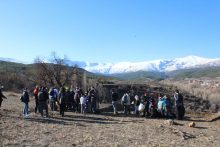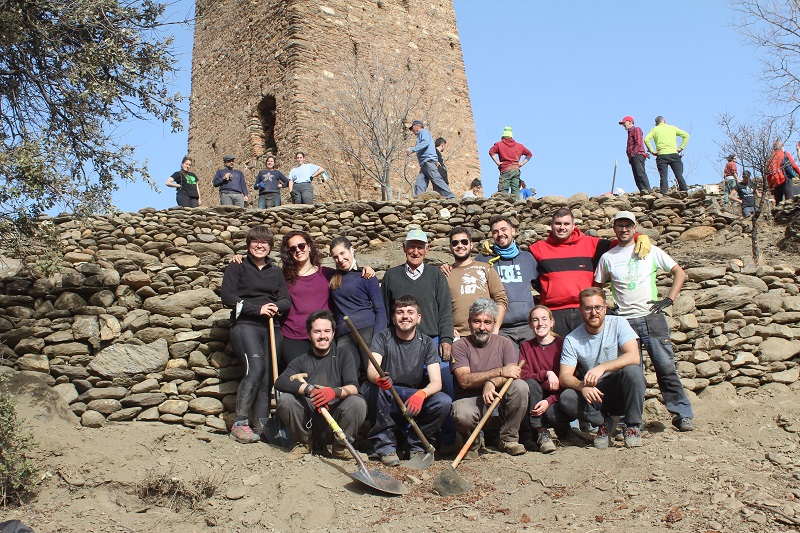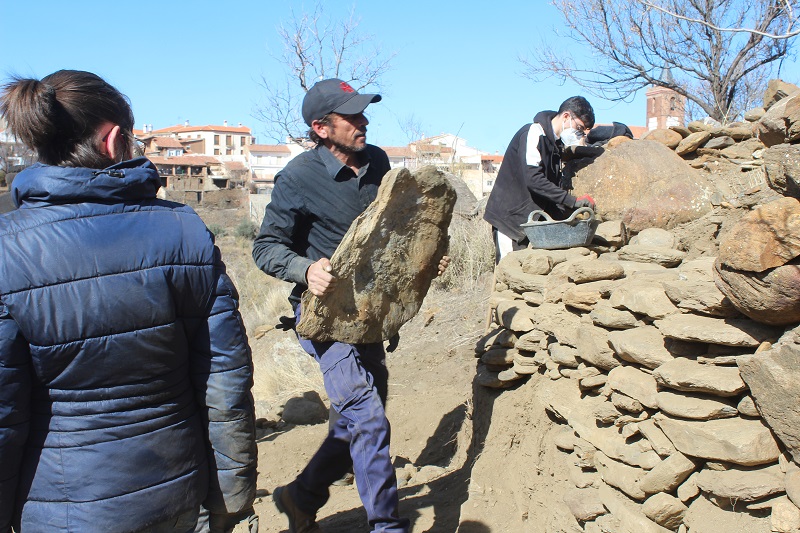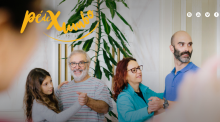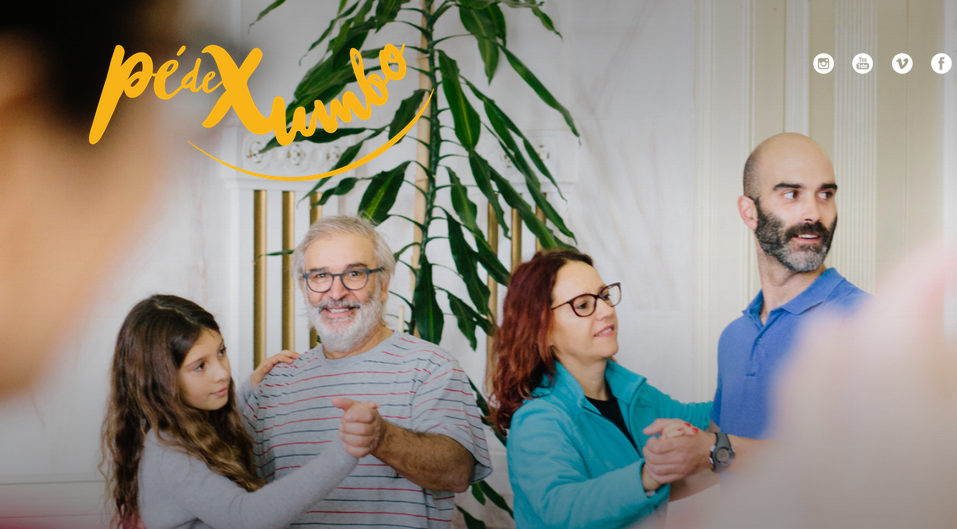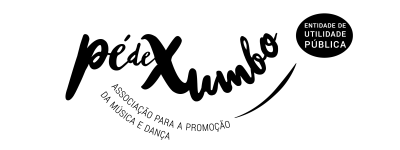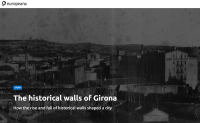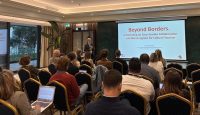Ponta Delgada, São Miguel Island, Azores (Portugal), 8-10 November 2022
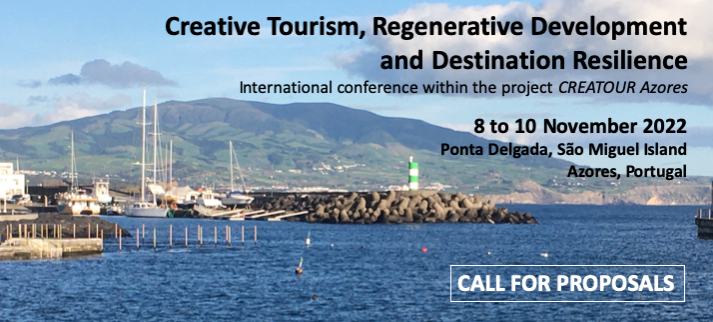
ABOUT THE CONFERENCE
Many are the hurdles and dilemmas confronting the tourism industry in the wake of the Covid-19 pandemic, the epicenter of a global upheaval which has exacerbated the already impending threats of the environmental and climate crisis. As never before, this is the time for serious re-evaluation of the tourism sector, and for the redesign of previous models and practices that have proven to be detrimental to destination communities and local ecosystems, and to the revival of the industry in a post-pandemic world.
Among the most-promising trends in the sector, culture-based creative tourism has garnered increasing support and enthusiasm as a pathway to regenerative development and destination resilience, two essential components of sustainable tourism and development. Inherently personalized and participative in practice, creative tourism is based on the personal contact of one-on-one and small-group experiences based on the culture of a place and its people. Focused in its dimension and emphasis, creative tourism offers visitors the opportunity to hone their creative instincts and tendencies, as they learn about the local culture through direct contact with artists, artisans, and cultural agents of the destination community. The result is a dynamic, interactive exchange that both incorporates and promotes regenerative, sustainable local development and destination resilience.
Creative Tourism, Regenerative Development and Destination Resilience
International conference within the project CREATOUR Azores
8 to 10 November 2022
Ponta Delgada, São Miguel Island, Azores, Portugal
This is being planned as an in-person conference.
CALL FOR PROPOSALS
We are inviting proposals for individual paper/project presentations, thematic panel sessions and workshops.
The primary language of the event will be English, but proposals for presentations in Portuguese are also welcome.
Deadline for proposals: 14 March 2022
Call for Proposals (PDF)
KEY THEMES
- Creative and regenerative tourism
- Linking culture, tourism, and local well-being
- Cultural trends in sustainable tourism
- Culture and regenerative tourism
- Culture and destination resilience
- Cultural sustainability and tourism
- Cultural mapping and ‘visibilization’ of resources
- Culture-based development
- Art and place identity
- Linking art and environment in tourism contexts
- Inclusive tourism development
- Art-based and creative tourism on islands
- Innovation and technology in sustainable creative tourism
* In these topics, culture includes heritage, art, and other expressions of ‘everyday’ culture.
We invite researchers/academics, artists, tourism practitioners, and students to propose presentations or workshops in these areas, or to suggest other innovative and provocative themes.
The conference website (www.ces.uc.pt/creative-azores) will be hosted by the Centre for Social Studies of the University of Coimbra (www.ces.uc.pt). The project website is hosted by the Observatory of Tourism of the Azores (OTA): www.ota.pt.
Information about conference fees will be available on the conference website.
Following the conference, we are planning to organize an international book with selected papers from the conference.
ABOUT THE CREATOUR AZORES PROJECT
CREATOUR Azores – Turning the Azores into a Creative Tourism Destination is an integrated research-and-application project that aims to advance research focused on creative tourism in island regions, diversify tourism offers in the Azores, and strengthen links with other regions of Portugal where this model has already been implemented through the CREATOUR project as well as with other islands where the approach could be replicated. The main objective of CREATOUR Azores is to empower various agents located in the Azores archipelago to develop, implement, and promote creative tourism experiences through which tourists can actively participate in creative activities, providing opportunities for learning, creative self-expression, and interaction with local communities. A creative tourism approach allows both visitors and communities to benefit from tourism exchanges, promotes cultural vitality and sustainability, and allows artistic and creative activities to play a driving role in socio-economic development.
In addition, the CREATOUR Azores project intends not only to strengthen knowledge about specific market segments that may have greater interest in the products of creative tourism available in the region (matching profile characteristics and offers of specific destinations) but also to identify the most appropriate channels to communicate with these differentiated segments. Given the unique location and intrinsic characteristics of the Azores – a nine-island archipelago located in the North Atlantic – there is a very high potential for the development of internationally attractive and unique creative tourism offers in this island region.
The CREATOUR Azores project is coordinated by the Observatory of Sustainable Tourism of the Azores (OTA) and the University of the Azores/Gaspar Frutuoso Foundation, in partnership with the Centre for Social Studies (CES) of the University of Coimbra, Portugal.
SUBMITTING A PROPOSAL
Submit your proposal using the online form on the conference website at: www.ces.uc.pt/creative-azores (launching shortly)
Information requested:
Personal information:
Name of lead author (key contact)
Names of any co-authors
Institution(s)
Country
Email address (for lead/contact author)
Website (optional)
Brief bio note about authors (overall, maximum of 100 words)
Proposal information:
Title of presentation
Abstract (maximum of 200 words)
Key theme(s) addressed
TIMELINE (2022)
| February |
Conference website launches |
| Monday, 14 March |
CFP deadline |
| Thursday, 14 April |
Feedback and decisions communicated |
| Monday, 12 September |
Earlybird registration deadline |
| Thursday, 20 October |
Registrations close |
| Monday, 7 November |
Pre-conference event (TBC) |
| Tuesday to Thursday, 8-10 November |
Conference |
| Friday, 11 November |
Post-conference event (TBC) |
QUESTIONS?
If you have any questions, please email: creatour-azores@ces.uc.pt.
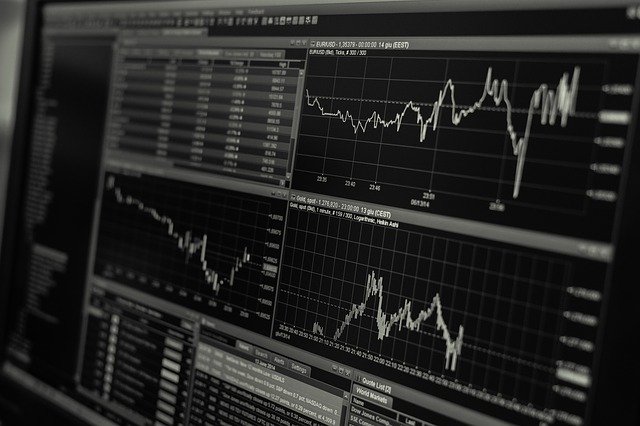


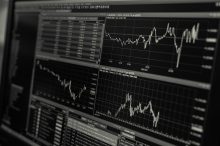

 The deadline to apply for the third edition of the Horizon Impact Award ends on March 8th.
The deadline to apply for the third edition of the Horizon Impact Award ends on March 8th.

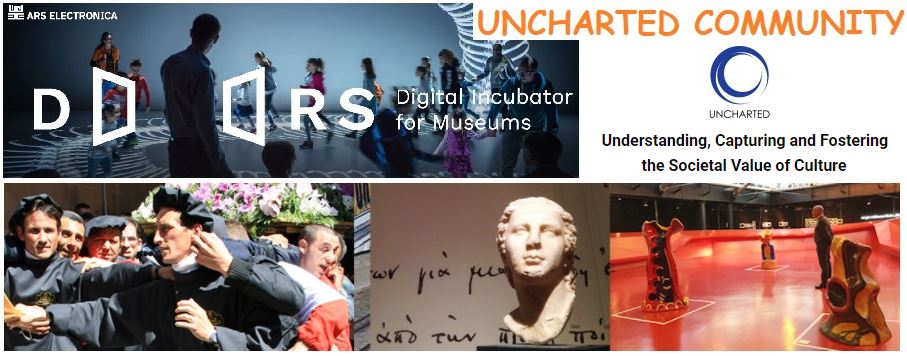


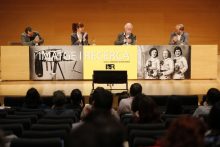
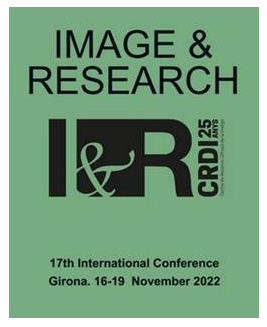 I&R Image and Research, the benchmark event for professionals in photography and audiovisual heritage, is organized in the 17th edition in November 2022 by the Centre for Image Research and Diffusion (CRDI) of the Girona City Council and the Association of Archivists of Catalonia, with the support of the Department of Culture of the Generalitat of Catalonia – Archive and Records Management.
I&R Image and Research, the benchmark event for professionals in photography and audiovisual heritage, is organized in the 17th edition in November 2022 by the Centre for Image Research and Diffusion (CRDI) of the Girona City Council and the Association of Archivists of Catalonia, with the support of the Department of Culture of the Generalitat of Catalonia – Archive and Records Management.





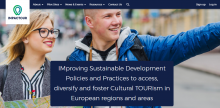
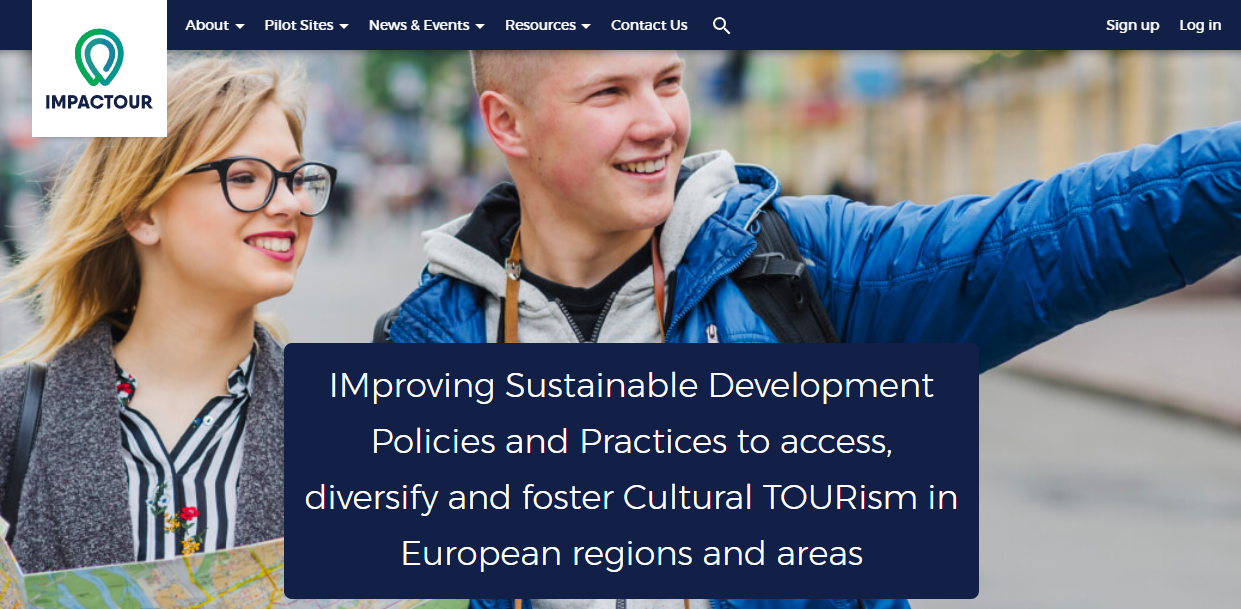 The EU-funded IMPACTOUR project is connecting Cultural Tourism stakeholders and researchers, envisaging new approaches and methods that will support European Cultural Tourism, reinforce a feeling of belonging, value minority cultures and promote Europeanisation. IMPACTOUR is coordinated by Uninova – Instituto de Desenvolvimento de Novas Tecnologias – Associacao, Portugal and includes twelve project partners from nine EU Member States who are working on the project
The EU-funded IMPACTOUR project is connecting Cultural Tourism stakeholders and researchers, envisaging new approaches and methods that will support European Cultural Tourism, reinforce a feeling of belonging, value minority cultures and promote Europeanisation. IMPACTOUR is coordinated by Uninova – Instituto de Desenvolvimento de Novas Tecnologias – Associacao, Portugal and includes twelve project partners from nine EU Member States who are working on the project